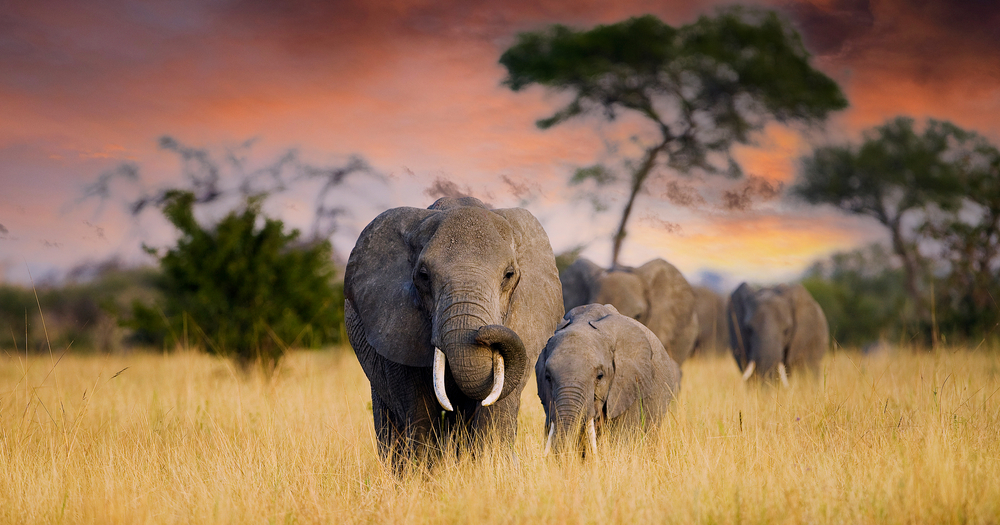Rumanyika-Karagwe Overview
Rumanyika-Karagwe National Park, locally known as Hifadhi ya Taifa ya Rumanyika-Karagwe, is a breathtaking natural gem in the Kagera Region of northwestern Tanzania. Covering approximately 247 square kilometers (95 square miles), this park is among Tanzania’s newest protected areas, established to preserve its unique landscapes and rich biodiversity. Nestled near the borders of Rwanda and Uganda, the park offers an enchanting mix of rolling hills, lush valleys, woodlands, and river systems that create a diverse and picturesque environment.
The park’s terrain is defined by undulating hills, scattered wetlands, and riverine forests, punctuated by open savannahs. Lake Rumanyika, a prominent feature within the park, adds to its natural charm, with its tranquil waters attracting wildlife and creating spectacular views. The park’s proximity to the Karagwe Highlands enhances its appeal, with panoramic vistas and a refreshing cool climate that makes it ideal for exploration and nature-based tourism. Though large waterfalls are not present, the park’s streams and small cascades contribute to its serene beauty.
Rumanyika-Karagwe National Park is renowned for its diverse wildlife. Visitors can encounter a variety of large mammals, including African elephants, buffaloes, giraffes, and zebras that roam the open plains and woodlands. Antelope species such as topis, waterbucks, and bushbucks are commonly seen, while primates like olive baboons and vervet monkeys thrive in the park’s forests. The presence of hippos and crocodiles in the lake and rivers adds to the park’s wildlife appeal.
Predators, including leopards and spotted hyenas, are also part of the ecosystem, though sightings may require patience and a bit of luck. The park’s varied habitats are a haven for birdlife, with over 350 recorded bird species. Visitors can expect to see African fish eagles, grey-crowned cranes, kingfishers, and hornbills. The wetlands and lakeshores provide ideal conditions for both resident and migratory waterbirds, making the park a prime destination for birdwatching enthusiasts.
Rumanyika-Karagwe National Park is also a significant conservation area. Managed by the Tanzania National Parks Authority (TANAPA), the park was established to protect the region’s rich biodiversity and critical habitats. Efforts to combat poaching and habitat degradation are central to the park’s management, ensuring the long-term survival of its wildlife and ecosystems. Community engagement and eco-tourism initiatives play a key role in promoting conservation awareness while providing sustainable benefits to local communities.
Visitors to Rumanyika-Karagwe National Park can enjoy a range of activities, including game drives, guided nature walks, and birdwatching. Boat safaris on Lake Rumanyika offer a unique perspective of the park, allowing visitors to observe aquatic life and spot wildlife along the shores. The park’s gentle hills and valleys are ideal for hiking and photography, providing spectacular views of its pristine landscapes.
In summary, Rumanyika-Karagwe National Park is a hidden treasure offering stunning scenery, abundant wildlife, and excellent birdwatching opportunities. Its tranquil environment, combined with vital conservation efforts, makes it a rewarding destination for eco-tourists and adventurers seeking to explore one of Tanzania’s lesser-known natural wonders.

















































































